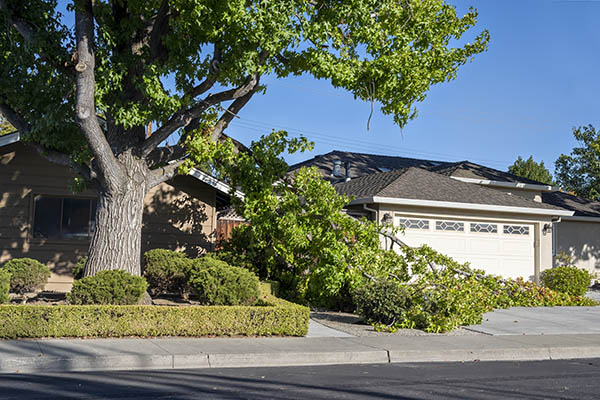A lease is an agreement between one party which owns real estate, (landlord or lessor), and another party who seeks to gain use rights to some or...

Family Cabin LLCs

We all know someone who has a family cabin “up north.” Family cottages, cabins, and hunting land are a common estate planning concern in Wisconsin. The current owners want to preserve a place full of fun and memories for future generations.
Unfortunately, the way these properties naturally pass under the law does not fit the needs of every family and that can lead to trouble. For example, picture the current owners of a cottage have four children, if the cottage were to pass to their children without any planning, the children would then co-own it as tenants in common. Each co-owner would own an equal share of the property. It sounds simple, but what if one child wants to sell the property immediately and another wants to keep it in the family for future generations?
Under a tenancy in common, each owner can transfer their interest in the property independently of the other co-owners. This can lead to complications when one co-owner dies, goes through a divorce or has a collection action brought against them by creditors. Additionally, a co-tenant may ask the court to partition the property. A partition action could result in the property being split into separate parcels or a forced sale. Even if all co-owners wish to continue to own the property together, the statutory framework for sharing property and its expenses leaves much to be desired.
Common planning tools for co-ownership of property include Trusts and Limited Liability Companies (LLCs). Both Trusts and LLCs can alleviate common ownership problems but, between these options, an LLC is more flexible and often better suited for long-term planning.
What is an LLC?
An LLC is a business entity with one or more owners, known as members. When an LLC is set up for a shared family property, the LLC holds the property rather than the individual owners. The LLC operates according to an Operating Agreement, which outlines the rights and obligations of the members, how the LLC will be managed, and how decisions will be made.
Benefits of an LLC for Shared Family Properties:
Management of the Property
The Operating Agreement may lay out a framework for scheduling the use of the property, how the property will be maintained and decorated, and how shared expenses will be allocated and paid. The agreement may also determine who has a vote in these decisions. An LLC may also appoint a manager to be responsible for making sure that financial matters are managed, for example, they may propose a budget to the members and ensure that bills are paid.
Provisions for Exit Strategies and Nonpayment
Sometimes a person inheriting a property would rather sell their interest. The Operating Agreement can provide these members the option to sell their interest back to the LLC according to an affordable structure. Additionally, the agreement may also address those members who do not contribute to shared bills or assessments. Provisions may include restricting the use of the property until payments are made.
Restrictions on Transfer of Ownership
As discussed above, under a tenancy in common, an owner may transfer their interest in the property to another person or file a mortgage against their interest. The Operating Agreement may restrict owners from encumbering the property. It can also dictate permitted transferees. This means that an owner can be kept from transferring their property to someone outside the family as may otherwise happen at their death or divorce.
Tax Planning and Gifting
Family cottage LLCs may be used as a vehicle for gifting to avoid gift and estate taxes. LLCs allow for the gifting of units of ownership over several years. This can provide an opportunity to transfer interest in a way that avoids gift and estate tax.
Liability Shield
As the name suggests, a limited liability company also can provide owners with a certain degree of liability protection from certain occurrences.
Overall, LLCs can be individually tailored to suit unique scenarios for shared family properties. They can provide a great deal of flexibility for change as the need arises and offer many different protections for the owners of a property. If you are intersted in setting up an LLC for your family cabin please contact one of our experienced business attorneys.








